



What does the new Ethernet chip mean?
With the continuous advancement of modern network technology and the growing demand for higher performance, new Ethernet chips are increasingly becoming the core drivers of network infrastructure upgrades and innovations. These new chips not only achieve significant breakthroughs in speed, bandwidth, and latency but also undergo deep optimizations in energy efficiency, virtualization, cloud computing, and security. This article explores the significance of new Ethernet chips and their development trends, analyzing their impact on various network applications across different industries.
Definition of New Ethernet Chips
“New Ethernet chips” generally refer to Ethernet hardware innovations in performance, functionality, or architecture, particularly those that support higher transmission speeds, lower latency, higher reliability, and enhanced security. With the increase in internet traffic, traditional Gigabit Ethernet chips can no longer meet the stringent requirements of modern data centers, cloud computing, and high-frequency trading, where high network bandwidth and low latency are essential. Therefore, new Ethernet chips often support 10GbE, 40GbE, 100GbE, or even higher speeds and come with better network virtualization and security features.
Technological Features of New Ethernet Chips
- Higher Transmission Speeds and Bandwidth: As data demands increase, Ethernet chips continue to evolve to support higher bandwidth and faster data transmission. New Ethernet chips are gradually becoming the standard for data centers and cloud computing environments, supporting speeds such as 10GbE, 25GbE, 40GbE, and 100GbE. These high-bandwidth Ethernet chips can handle large volumes of data flow in a short time, improving overall network efficiency and responsiveness.
- Low Latency and High Performance: Low latency is a crucial feature of new Ethernet chips, especially for applications like high-frequency trading, real-time communication, and video transmission. The latest Ethernet chips are designed with optimized hardware architecture and protocol stacks to minimize transmission delays, ensuring immediate responses in network applications.
- Support for Network Virtualization: With the widespread use of virtualization technology, new Ethernet chips also integrate network virtualization support. Technologies like Virtual Machine Queue (VMQ) and Network Device Virtualization (NDV) help effectively allocate network resources and optimize network traffic in virtualized environments. This is particularly important for cloud computing data centers and large enterprise networks, which often handle extensive virtual machines and multi-tenant traffic.
- Enhanced Network Security: Network security is a key requirement for modern networks, especially when transmitting sensitive data. New Ethernet chips often integrate various hardware encryption functions, such as encrypted transmission, IPSec support, and data integrity checks, to protect data during transmission. In addition, some chips also support secure boot and hardware firewall features, further enhancing network protection.
- Energy Efficiency Optimization: Energy efficiency has become a key factor in the design of new Ethernet chips, especially in large-scale data centers and cloud service providers. New Ethernet chips use advanced manufacturing processes and energy-saving technologies to reduce power consumption and extend device lifespan. This not only helps businesses lower operational costs but also reduces the environmental impact.
Market Impact of New Ethernet Chips
- Data Centers and Cloud Computing: New Ethernet chips provide stronger network connectivity capabilities for data centers and cloud computing environments. With the widespread adoption of emerging technologies like 5G, artificial intelligence (AI), and big data, data centers now need to handle more data traffic than ever before. New Ethernet chips offer higher bandwidth, lower latency, and better support for virtualization, meeting the stringent networking requirements of these technologies.
- Industrial Internet: The rise of the Industrial Internet of Things (IIoT) and smart manufacturing is driving significant changes in the industry, with new Ethernet chips playing a crucial role. By supporting higher data transmission speeds and enhanced real-time processing capabilities, new Ethernet chips enable high-speed connections between intelligent devices, sensors, and actuators. This is critical for real-time monitoring, automated production, and large-scale data analytics.
- Autonomous Vehicles and IoT: Autonomous vehicles and IoT applications have high demands on network performance, particularly regarding data transmission speeds and latency. New Ethernet chips can meet these requirements, enabling real-time communication between autonomous vehicles and efficient data exchange between IoT devices. Moreover, the high-security features of these chips ensure the protection of autonomous systems and IoT devices from network attacks or data breaches.
- Enterprise Networks: The demand for enterprise networks continues to grow, especially with the increasing prevalence of remote work and cross-regional collaboration. New Ethernet chips provide enterprises with more reliable, flexible, and efficient network infrastructure. Whether for cloud-based work, video conferencing, or large-scale data transfers, new Ethernet chips offer higher bandwidth and lower latency, ensuring smoother network performance for businesses.
Future Development Trends
In the future, Ethernet chip technology will continue to evolve toward even higher transmission speeds and stronger integration. It is expected that in the coming years, Ethernet chips supporting 400GbE, 800GbE, and even higher speeds will gradually enter the market. Furthermore, with the development of artificial intelligence, machine learning, and edge computing technologies, the requirements for Ethernet chips will continue to increase, particularly in areas such as intelligence, automation, data processing, and network security.
Conclusion
New Ethernet chips represent the cutting edge of network technology, improving data transmission speeds and bandwidth while optimizing virtualization, network security, and energy efficiency. As network demands continue to grow, these new Ethernet chips will play an increasingly important role in data centers, cloud computing, industrial IoT, and IoT applications. With continuous technological advancements, future Ethernet chips will further drive the intelligent and efficient development of global networks, bringing more innovation and opportunities to various industries.

Please contact us if the source is mislabeled or violates your legal rights.
We will promptly correct and delete, thank you.
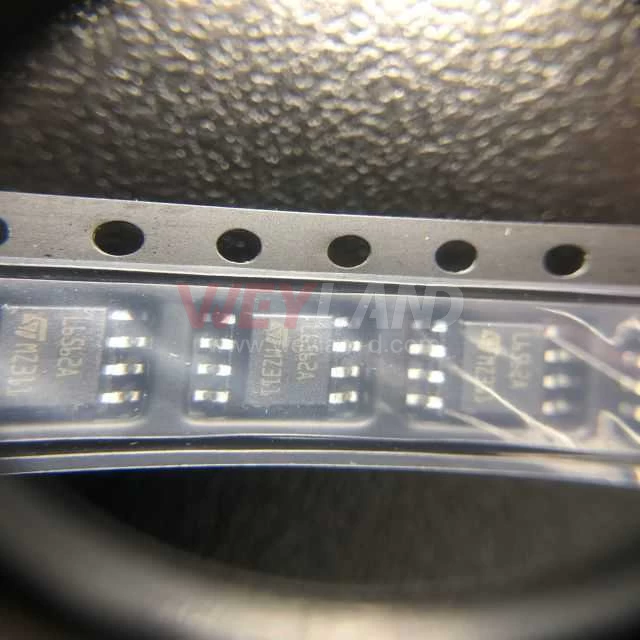

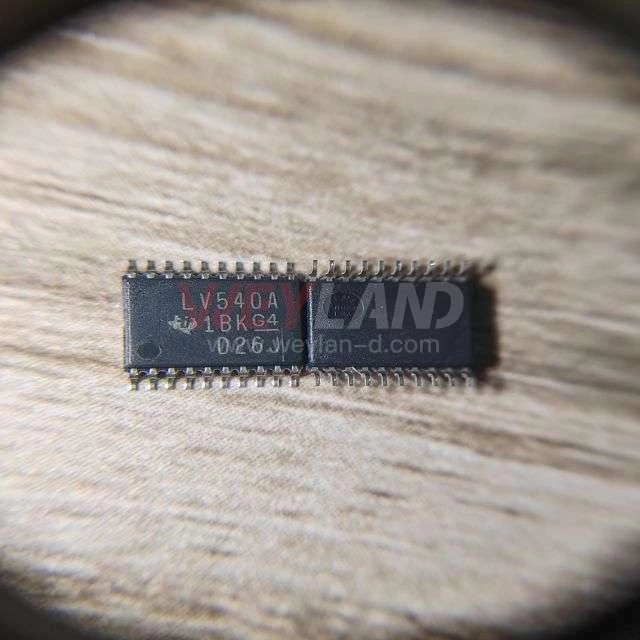

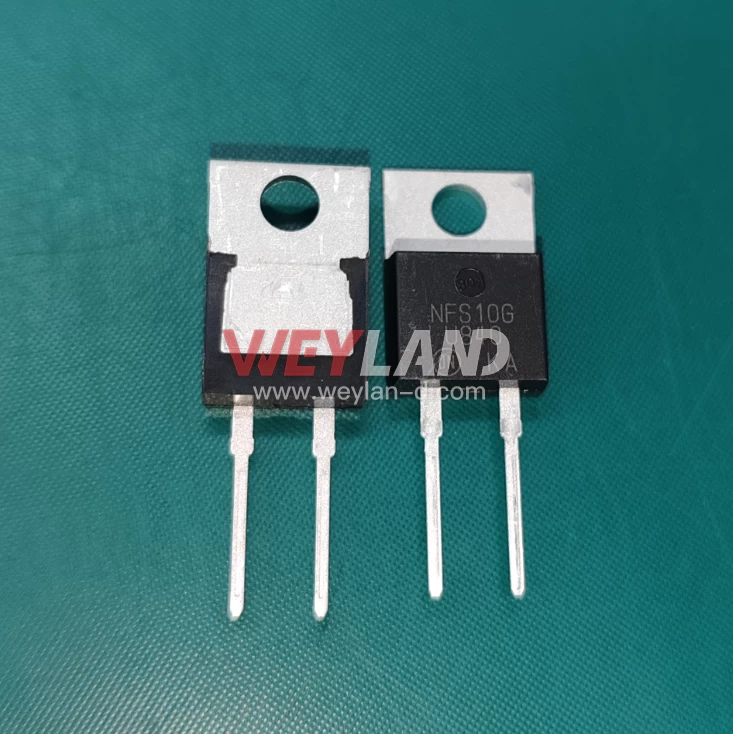
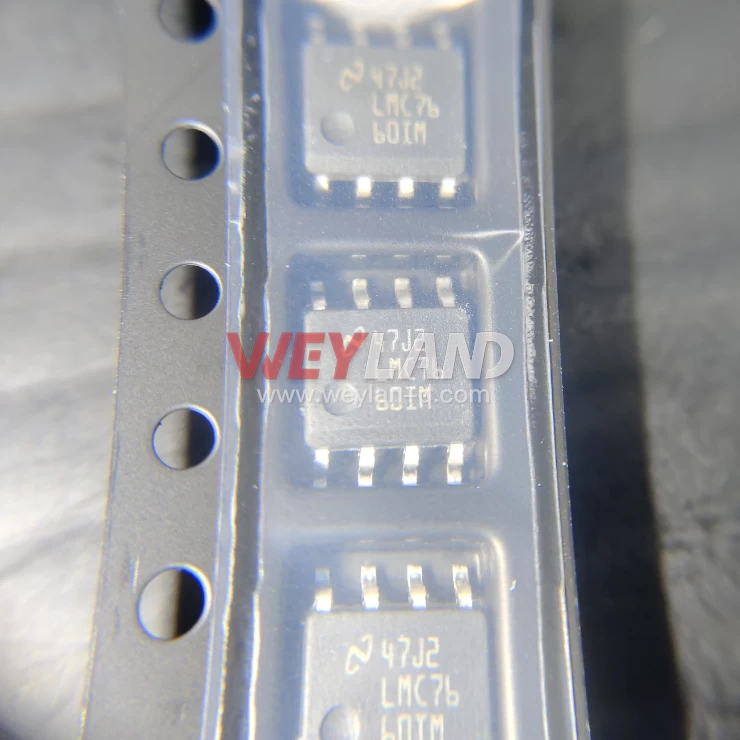
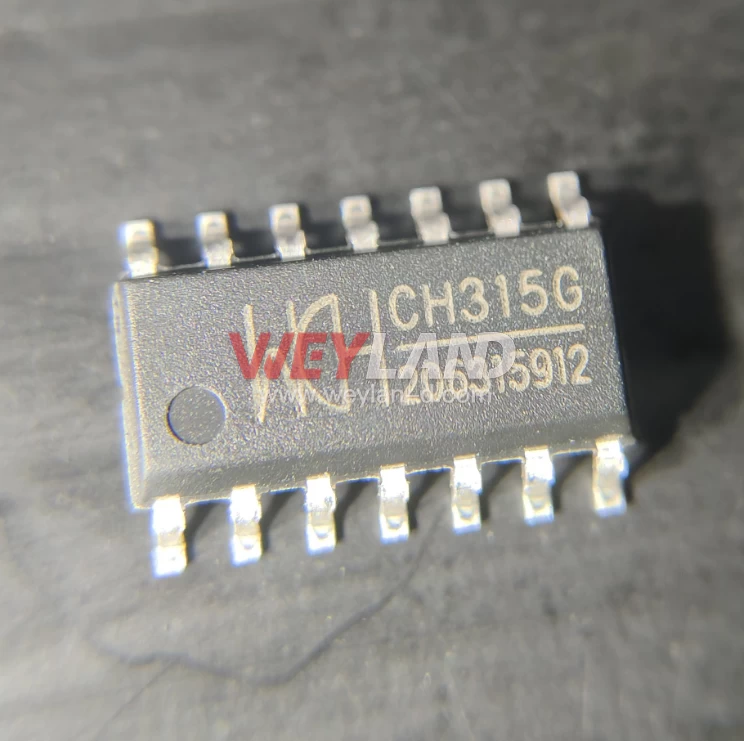



.9246509.png)












[email protected]
7500A BEACH ROAD #04-307 THE PLAZA SINGAPORE (199591)
RM 705.7/F.FA YUEN COMM BLDGNO.75-77.FA YUEN STREET.MONGKOK.KLN.HONG KONG
